Bald Cypress Tree
- June 13, 2023
- 0 comment
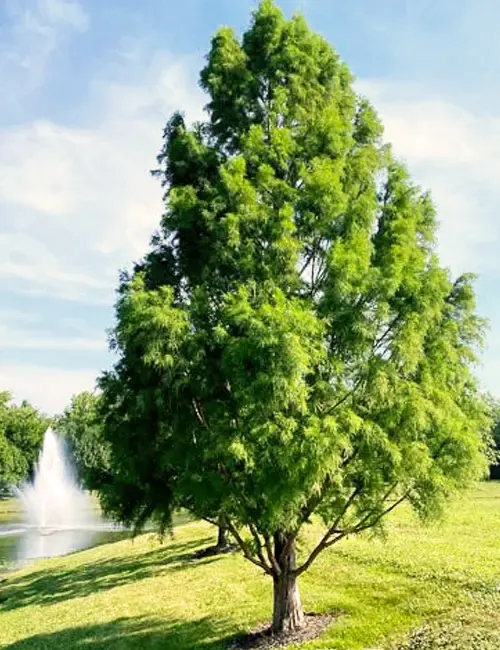
Common Name: Baldcypress
Botanical Name: Taxodium distichum
Family: Cupressaceae
Plant Type: Deciduous conifer
The Baldcypress tree (Taxodium distichum) is a remarkable species that captures the imagination with its majestic stature and unique characteristics. Known for its towering presence and resilience, this iconic tree has captured the hearts of nature enthusiasts and arborists alike. In this article, we will explore the diverse aspects of the Baldcypress tree, covering everything from its common name and botanical details to its habitat requirements and fascinating fun facts.
Mature Size and Growth Rate
Baldcypress trees are known for their impressive size, reaching heights between 50 to 120 feet (15 to 37 meters) and a width of about 20 to 40 feet (6 to 12 meters). These trees exhibit a moderate growth rate, typically adding around 1 to 2 feet (30 to 60 centimeters) per year.
Soil Type
Baldcypress trees thrive in a variety of soil types, including moist to wet soils. They are often found growing near rivers, swamps, and other water bodies, displaying a remarkable ability to tolerate both flooding and drought conditions.

Hardiness Zones
They are best suited for USDA hardiness zones 4 to 10, making them adaptable to a wide range of climates.
Sun Preference
While Baldcypress trees can tolerate some shade, they truly thrive in full sun exposure.

Soil Preference
These trees are adaptable to different soil pH levels and can grow in acidic, neutral, or slightly alkaline soils. However, they prefer soils that are rich in organic matter and have good drainage.
Attributes
The Baldcypress tree is known for its impressive pyramidal shape and unique needle-like foliage. During the fall season, the leaves transform into a striking russet color, creating a picturesque landscape. It is also recognized for its broad, fluted base and buttressed roots, which provide stability in wet environments.
Wildlife Value
The Baldcypress tree plays a crucial role in supporting wildlife. Its dense foliage provides excellent nesting sites for various bird species. Additionally, the seeds and cones serve as a valuable food source for birds, squirrels, and other small mammals.
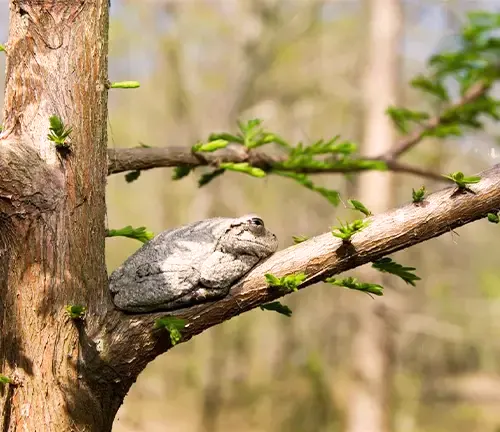
Wildlife Value
The Baldcypress tree plays a crucial role in supporting wildlife. Its dense foliage provides excellent nesting sites for various bird species. Additionally, the seeds and cones serve as a valuable food source for birds, squirrels, and other small mammals.
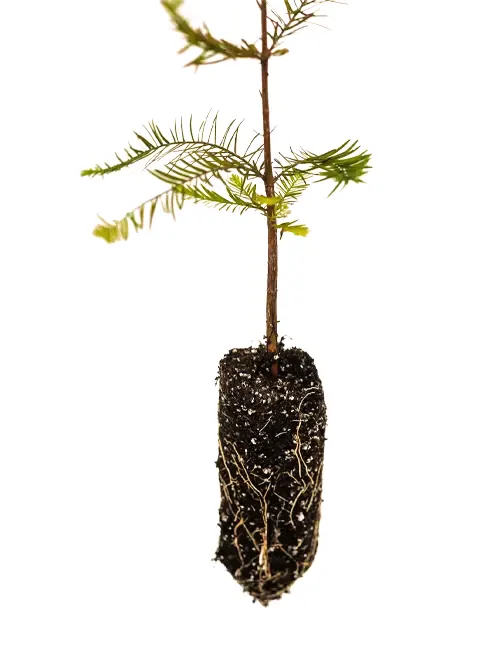
Care
Once established, Baldcypress trees require minimal care. Regular watering during the first few years helps promote healthy root development. Mulching around the base of the tree aids in moisture retention and weed control. Pruning is generally unnecessary, except for removing dead or damaged branches.
Benefits
Beyond its aesthetic appeal, the Baldcypress tree offers numerous benefits. It aids in soil erosion control, especially in riparian areas, and helps maintain water quality by filtering pollutants. These trees also act as carbon sinks, contributing to the mitigation of climate change.
Invasive
The Baldcypress tree is not considered invasive. Its natural range includes the southeastern United States and parts of Mexico, where it is well-adapted and has coexisted with native ecosystems for centuries.
Lifespan
With proper care, Baldcypress trees can live for several hundred years. Some exceptionally old specimens have been dated to over 1,000 years, demonstrating their remarkable longevity.
Disadvantage
One potential disadvantage of the Baldcypress tree is the shedding of its foliage during the fall season. This natural process may require some cleanup, particularly in urban areas.
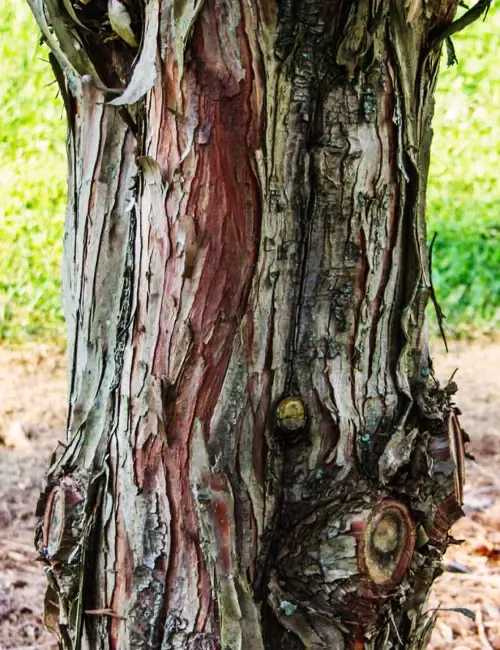
Edible or Not
While not commonly consumed by humans, certain parts of the Baldcypress tree are edible. Native Americans historically consumed the inner bark, which is rich in starch and can be ground into flour. However, it is crucial to note that foraging should be done responsibly and sustainably.
Habitat Requirements
Baldcypress trees have a preference for wetland habitats, including swamps, marshes, and floodplains. They have a unique adaptation called “knees” – woody projections that emerge from the roots and protrude above the water level. These knees provide additional stability and help the tree acquire oxygen in waterlogged conditions.
Name Origin
The name “Baldcypress” refers to the tree’s deciduous nature, shedding its leaves during the winter months, giving the appearance of being bald. The term “cypress” originates from the Greek word “kyparissos,” which refers to the European cypress tree.
Fun Facts:
- The iconic “Caddo Lake Cypress” in Texas is one of the oldest living Baldcypress trees, estimated to be around 1,500 years old.
- Baldcypress trees are considered “conifers” due to their cone-bearing reproductive structures, despite shedding their leaves like deciduous trees.
- The wood of Baldcypress trees is highly valued for its durability and resistance to decay, making it a popular choice for construction, furniture, and outdoor applications.
- In the past, the Baldcypress tree’s bark was used for tanning leather due to its high tannin content.
- Baldcypress swamps are home to a diverse array of plants and animals, including alligators, turtles, and a variety of waterfowl.
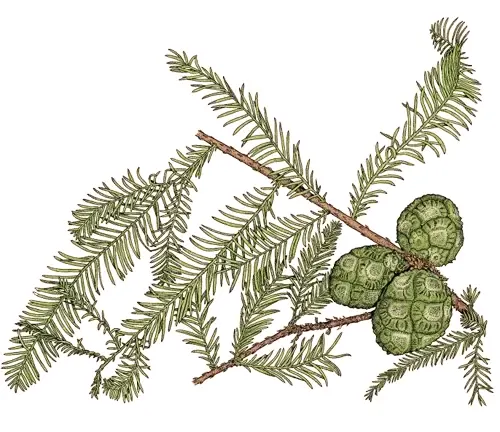
Characteristics
The Baldcypress tree has distinct feathery foliage consisting of soft, flat, needle-like leaves that are arranged in two rows along the branches. During the growing season, the leaves are a vibrant green, transforming into a beautiful coppery-red or russet color in the fall. The tree’s trunk is typically straight and often exhibits a wide, fluted base.
Varieties
There are several notable varieties of Baldcypress trees, including the dwarf variety ‘Peve Minaret,’ which reaches a maximum height of only 10 feet (3 meters), making it suitable for small gardens or containers.
Pruning
Pruning Baldcypress trees is generally unnecessary, as they naturally maintain a pleasing shape. However, if desired, pruning should be done during the dormant season to avoid sap bleeding.
Propagating
Baldcypress trees can be propagated through various methods, including seed germination, softwood cuttings, or grafting. However, growing from seeds is the most common and straightforward approach.
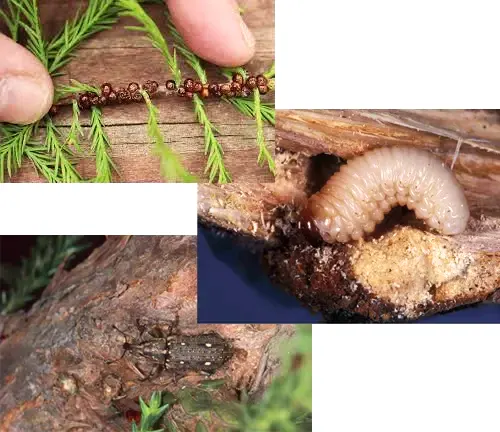
Common Pests & Diseases
Baldcypress trees are generally resistant to pests and diseases. However, they may occasionally be susceptible to cankers, root rot, and infestations by cypress bark beetles or bagworms. Proper care, including regular inspections, helps prevent and address such issues.
Frequently Asked Questions:
- Q: Can Baldcypress trees be grown in urban environments?
A: Yes, Baldcypress trees can be successfully grown in urban environments, provided they have enough space to reach their mature size and proper care is taken to provide adequate moisture and soil conditions. - Q: Are Baldcypress trees suitable for smaller gardens?
A: While the standard Baldcypress tree may be too large for smaller gardens, dwarf varieties, such as ‘Peve Minaret,’ offer a more compact option. - Q: Can I plant a Baldcypress tree near my water feature?
A: Absolutely! Baldcypress trees thrive in wetland environments and are an excellent choice for planting near water bodies, such as ponds or streams. - Q: How do I know if my Baldcypress tree is healthy?
A: Healthy Baldcypress trees exhibit vibrant green foliage during the growing season, have sturdy trunk, and show no signs of significant damage or decay. Regular inspection of the tree for any signs of pests or diseases is also recommended.
In conclusion, the Baldcypress tree, with its towering presence, adaptability to wet environments, and unique characteristics, is a remarkable addition to any landscape. Its aesthetic appeal, environmental benefits, and historical significance make it a beloved and valued species. Whether you admire its picturesque fall foliage or appreciate its ecological contributions, the Baldcypress tree stands tall as a testament to the beauty and resilience of nature.

John Carlos
Forestry AuthorThe beauty of logging isn't just about felling trees. It's about understanding nature, mastering the art of chainsaws, and respecting the environment. I believe in sharing my experiences and knowledge, ensuring that we move towards a sustainable future together.

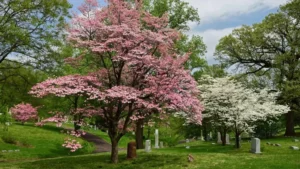
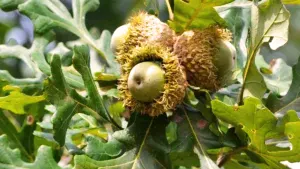
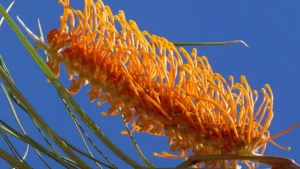

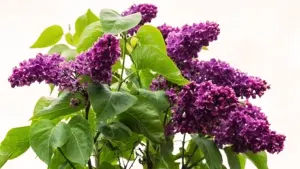
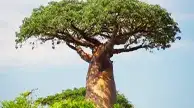

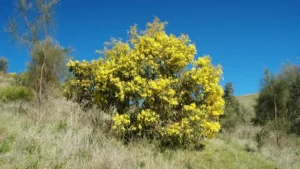
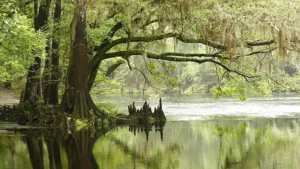
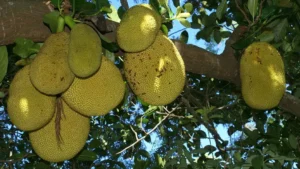
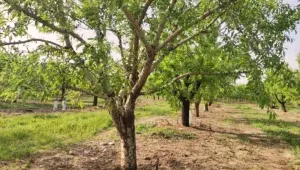
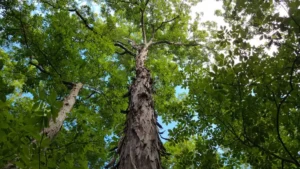
Leave your comment